Hi old framers!
As a way to celebrate the first year of this format, I thought about using this chance to have a little looking back, looking forward type of reflection. I basically wanted to go over the different decks and archetypes people have played, what decks have done well and not so well, and finish with a small overview of what may lie ahead.
Before going in, I want to say something about the data I used to analyze our first year’s metagame. I basically went into the MTG Old Frame website, downloaded the pictures of the decks from here, and started counting! I found 49 decks this way. These decks were played across our initial 7 leagues of the format (average 7 decks per league).
Getting these 49 decks was the best I could do with the information I had access to because not everyone has shared their deck picture during each league. Also, I have the impression that people who have done well are more likely to share their deck picture compared to people who did not do so well in a given league. That being said, I believe I have about 65% of the real sample of decks, so while I am missing some information, I think the sample is representative enough of what has happened over the past few months.
As a side note, starting with the eight edition of the league, I’ll try to be a bit more active following the metagame and see what people play and what decks do well, etc.
What archetypes did people play during the first year?
The Table below summarizes the answer to this question. I have to say that the metagame looks quite diverse to me, with almost all old school archetypes being represented plus a few new ones that have emerged thanks to the current rules (ie, Stifle Nought).
As expected, the metagame has more control, combo and control/combo strategies than aggro ones, but given that WoTC philosophy at the time consisted on printing very powerful spells alongside shitty creatures, that is not a huge surprise…
| Archetype | N | % |
| Draw Go (Keeper, Shining) | 5 | 10% |
| Dreadnought (All variants) | 5 | 10% |
| Grow a Tog (Includes Hulk Smash) | 7 | 14% |
| Null Rod (Fish, Threshold, Bazaar) | 6 | 12% |
| Stax (TNT, Mono-Brown, 5-Color) | 7 | 14% |
| Storm (TPS, Doomsday) | 8 | 16% |
| Other Decks (Combo) | 8 | 16% |
| Other Decks (Aggro) | 3 | 6% |
| Total | 49 | 100% |
What archetypes did well during the first year?
Let’s see what archetypes have been represented in the Top 4 positions across the initial seven leagues.
The first thing that jumps out is that storm decks in Top 4 positions rank somewhat higher than the other archetypes. That being said, the table also shows that all archetypes that have been played have made Top 4 at least once (even aggro decks!). I take this as evidence of a decently balanced and diverse metagame!
| Archetype | N | % |
| Draw go (Keeper, shining) | 4 | 14% |
| Dreadnought (all variants) | 4 | 14% |
| Grow a Tog (includes hulk smash) | 2 | 7% |
| Null rod (Fish, threshold, bazar) | 3 | 11% |
| Stax (TNT, mono brown, 5-color) | 5 | 18% |
| Storm (TPS, doomsday) | 6 | 21% |
| Other decks (combo) | 3 | 11% |
| Other decks (aggro) | 1 | 3% |
| Total | 28 | 100% |
Let’s now try to make more of a fair comparison of what archetypes have done well given their overall representation in the metagame. In other words, some decks may appear more in Top 4 positions because there is more people playing them or because they over perform against other decks (or a combination of both). So, let’s combine the previous two tables into one and compare the percentage of deck representation with that of top 4 positions
Archetype | Decks registered | Top4 positions | ||
| N | % | N | % | |
| Draw go (Keeper, shining) | 5 | 10% | 4 | 14% |
| Dreadnought (all variants) | 5 | 10% | 4 | 14% |
| Grow a Tog (includes hulk smash) | 7 | 14% | 2 | 7% |
| Null rod (Fish, threshold, bazar) | 6 | 12% | 3 | 11% |
| Stax (TNT, mono brown, 5-color) | 7 | 14% | 5 | 18% |
| Storm (TPS, doomsday) | 8 | 16% | 6 | 21% |
| Other decks (combo) | 8 | 16% | 3 | 11% |
| Other decks (aggro) | 3 | 6% | 1 | 3% |
| Total | 49 | 100% | 28 | 100% |
As expected, some decks tend to be slightly more represented in top4 positions given their metagame share. Draw Go, Dreadnought, Stax, and Storm tend to have a higher chance of making Top 4 positions given their overall share of the metagame. Draw Go and Storm strategies were among the best archetypes in 2003, so it is not surprising that they do quite well in today’s leagues. Stax became one of the best vintage decks a little later with the printing of Trinisphere, but it is nice to see it doing so well without the extra tools it got from Mirrodin block. It looks like Old Karn paired with Spheres of Resistance and 5 Wastelands are good enough to bully blue mages out of a game!
In a beautiful turn of events, Dreadnought strategies rank among the best ones in the format! Looks like our metagame will have to learn to live with the constant menace of the 12/12 trampler.
I think what surprised me the most about this table is that Tog strategies haven’t done so well all things considered. This is quite surprising since they did REALLY well in 2003. They even slowly kick out of the format the slower Draw Go decks, such as the Keeper or the Shining. I guess, we have to only wait until one player puts together the right combination of spells, Quirion Dryads, and Psychatogs to take over the format!
So, what are the actual decks that made top 4?
This is probably a good time to stop talking about deck archetypes in an abstract form and start talking about actual decks!
The following table shows the actual decks people have successfully piloted into Top 4 positions:
| Winner | Runner up | Semi finalist | Semi finalist | Notes |
| Grow a Tog | TPS | Cadaverous bloom | Ubr Dreadnought | July 2020* |
| Ubr Dreadnought | Ur Stax | TPS | Stax (mono brown) | September 2020* |
| TPS | Ur Stax | Bazaar Survival (aka, Oshawa Stompy) | Burning wish control (aka, Burning Robadeck) | December 2020* |
| TPS | TNT | The shining | Grow a Tog (aka, the 63 card special) | February 2021 |
| Doomsday | TPS | Ubr Dreadnought | Oath of druids | March 2021 |
| TNT | Suicide black | Uwb Dreadnought | The shining | April 2021 |
| Ugw threshold (aka, Bear Deck Wins) | Urw Fish | Trix | Keeper | June 2021 |
* Merchant scroll was unrestricted during these 3 leagues.
The added value of this table is that it shows changes in deck representation over time. Storm was quite well represented in top 4 positions during the first few leagues, but it fell out of flavor in the last two ones. I think this is a combination of (1) people moved into other decks and (2) the metagame as a whole has learned how to fight mages who were up to no good!
It is also nice to see that several top 4s have included a very “random”/unexpected deck. Cadaverous Bloom did quite well in the first league, Survival in the third, Oath in the fifth, Mono Black in the sixth, and in the seventh Trix was joined by two fish decks! This shows that it is quite possible and realistically to make top 4 with virtually any deck in this format. The element of surprise (and the fun of playing them) seems to really pay off!
The last league provides strong evidence that the metagame keeps evolving and adapting over time. Null Rod is becoming a serious and credible threat, so Storm and blue mages will have to respect it. I personally love to see that even with this fix pool of cards, the format is not yet 100% resolved (even though it is almost 20 years old)
Let’s see some of those Top4 decks, shall we!
I want to highlight a few of the decks that have done quite well and that I expect are able to successfully and reliably continue to do well. In a future article, I want to talk about some of the less mainstream combo decks (eg, Oath, Dragon, Trix and the like) as well as the other possible sweet and janky brews the format has to offer (eg, Survival, Reap, and others).
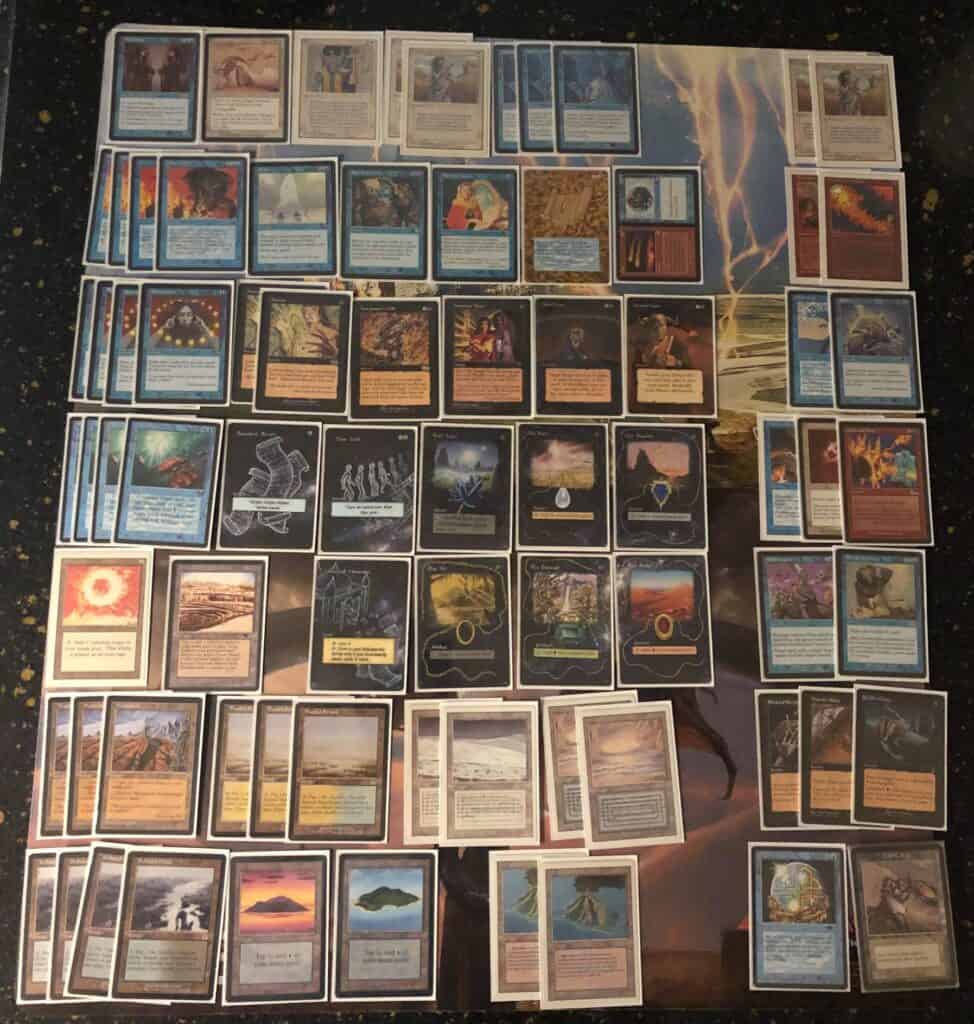
Luke Tooker’s Keeper is a powerful draw go deck that seeks to control the early to mid game with removal, counterspells, and mana denial. After assembling a solid board position, the deck can close the game with a deadly Morphling or some tokens.

Karl Akbari’s The Shining plays similarly to the Keeper in the early turns. But it plays red to have access to a Burning Wish board. This deck can close the game with a single Psychatog but it is more common to do so with a lethal Tendrils!
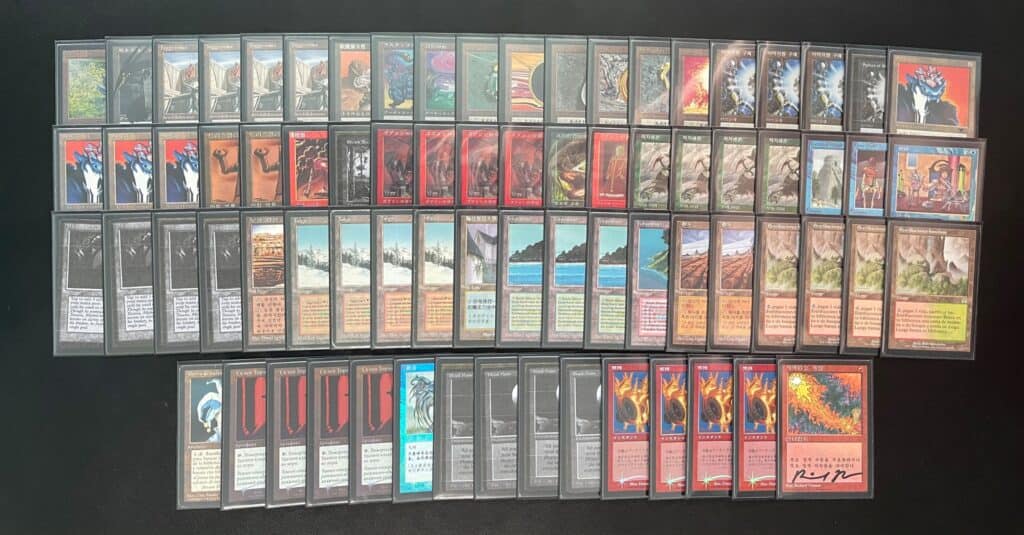
Vedast Sanxis Catalan’s TNT has proven to be one of the more successful Workshop strategies. This deck was known as the people’s favorites for a while given its non-blue non-traditional combo oriented approach to attack the format with mana denial, sphere effects, powerful and fast creatures and some techy silver bullets
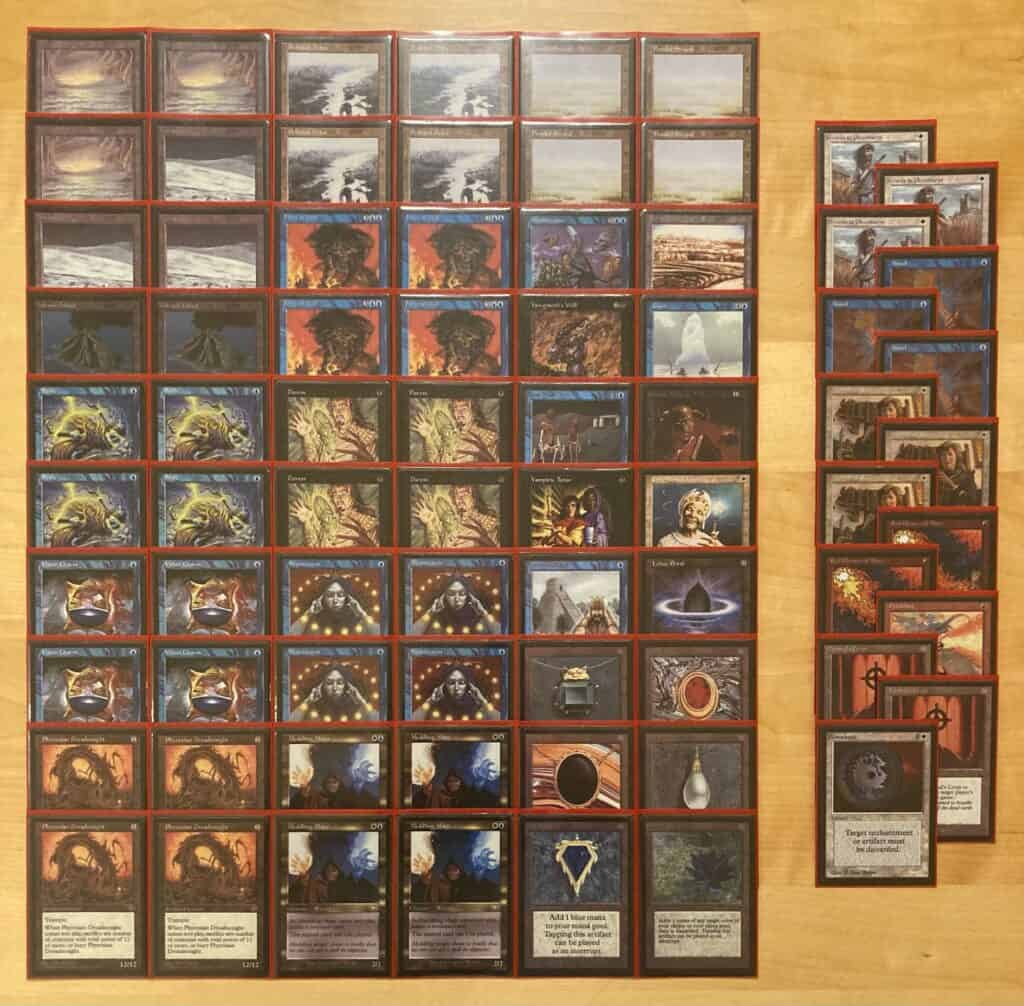
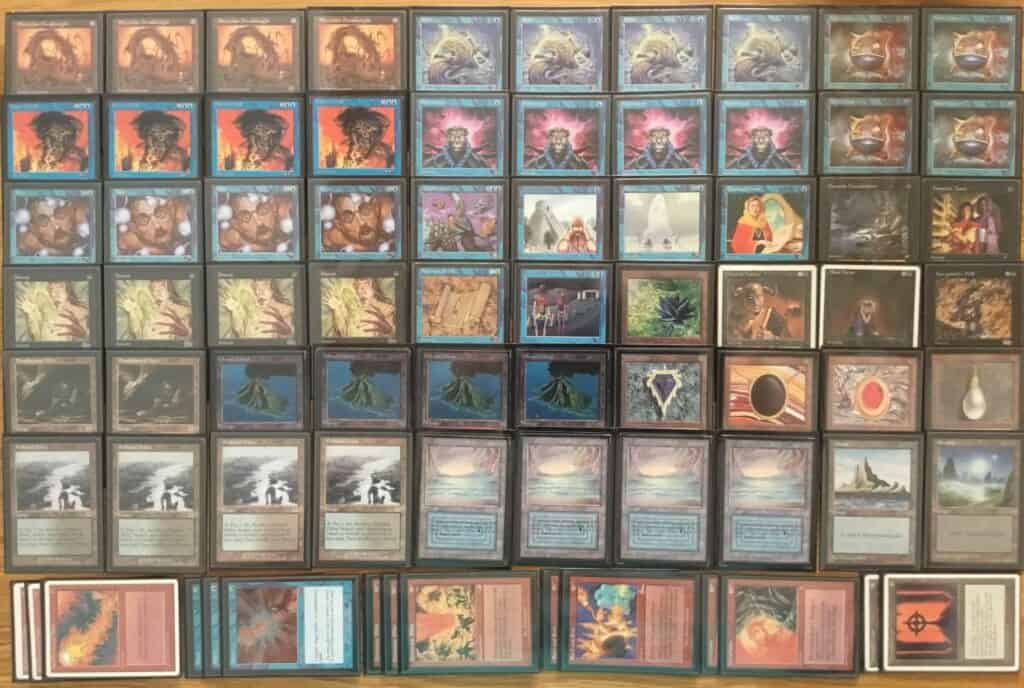
Kim Karl Pfeiffer’s Ubw version and Michael Arnold’s Ubr version show two different approaches to the phyrexian dreadnought archetype. The Ubw version more closely follows the one commonly played in the premodern format. This one seeks to reliably cast the 12/12 on T1-2 (or on T2-3 after Meddling Mage blocked the opponents’ key card or draw out a counterspell in the process). On the other hand, the Ubr version traded some of those explosive elements for a slightly more controlling suite. You can see Michael’s deck putting up a beautiful and impressive game against Storm on our Youtube channel by clicking here.
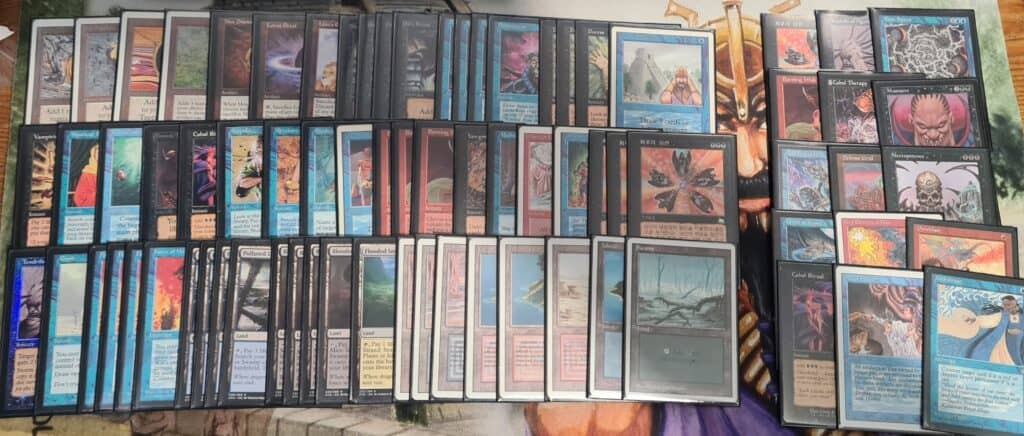
On the storm front, James Whitehouse has been the only pilot brave enough to bring Doomsday into a league. With the upcoming availability of 4 personal tutor, I wonder who will be the next!
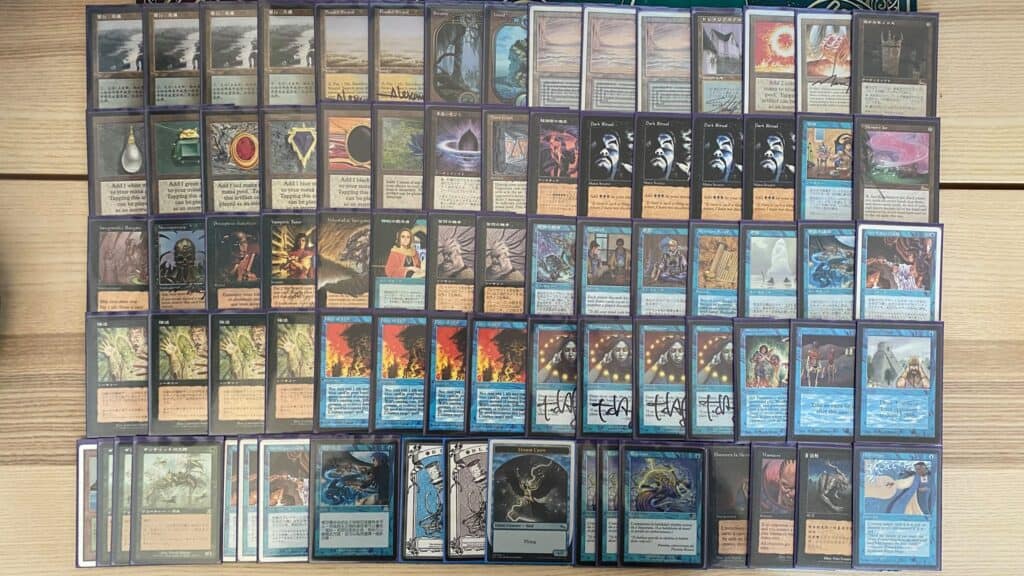
Here is yours truly’s take on TPS. I don’t want to say much here since I’m finishing a primer on the deck that I will share with you shortly. I’ll link it here once it is ready to go.
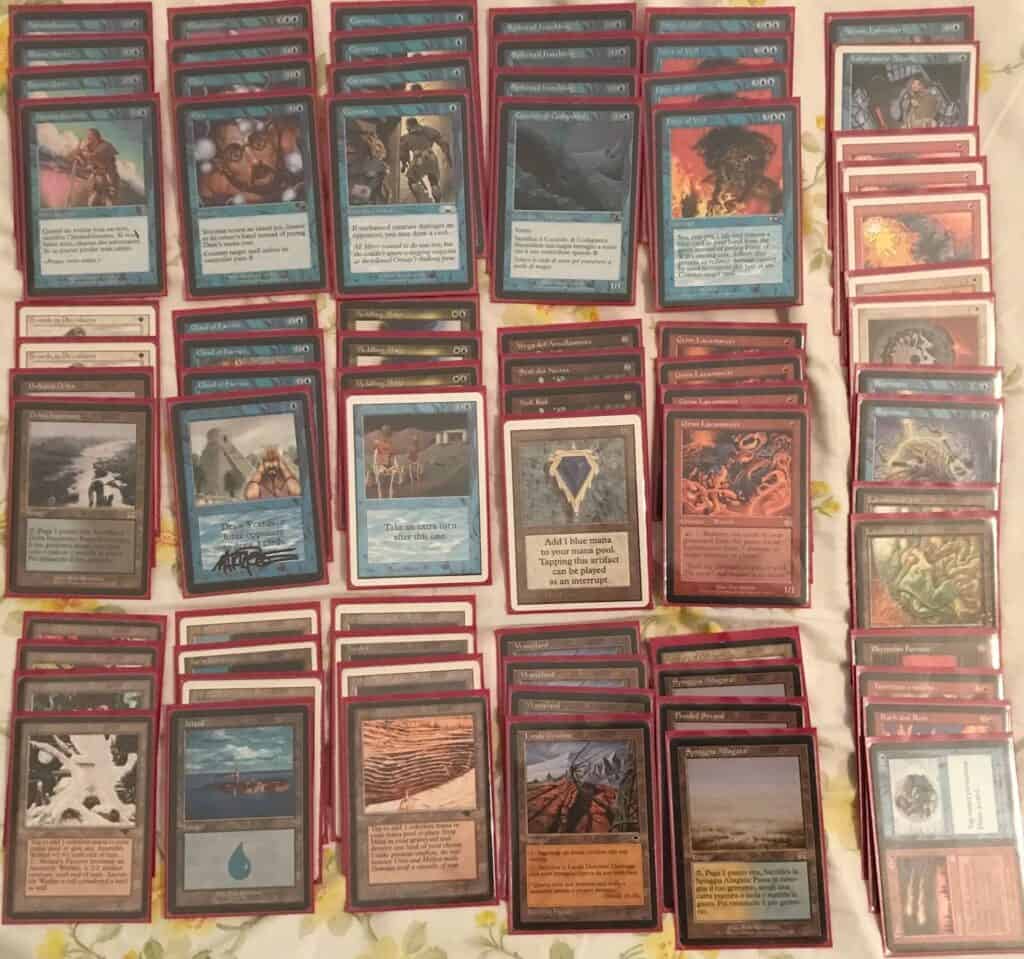
Fabio Zanasi’s Uwr fish deck is a classic Null Rod based deck. The deck uses Standstill and Curiosity as card draw engines while it attacks the opponent’s development with mana denial and cheap counterspells, while slowly hits with small efficient creatures and manlands. You can see this in action against another Null Rod deck here.
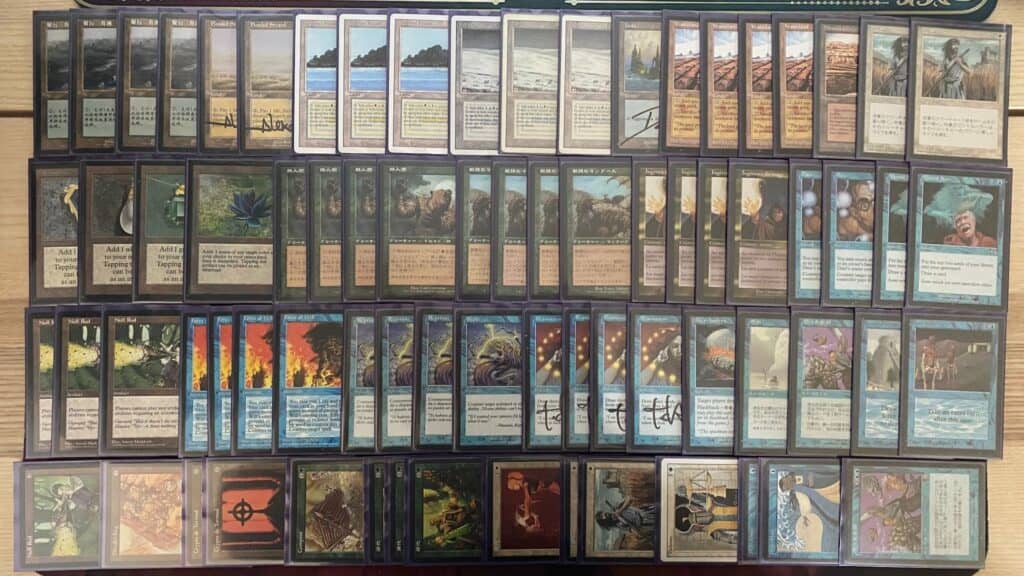
I’ll finish this section with another deck of my own, Ugw threshold aka Bear Deck Wins !
I think this deck can very successfully fight the metagame as it stands now. I wrote a premier on this deck that you can read in the link above.
What else can we expect to see moving forward?
Despite the powerful spells, with broken combinations of cards, and the nostalgia of playing with 20+ year old cards, one of the main attractive features we have seen thus far are people’s decks. I am, just take a minute to really look at these beauties
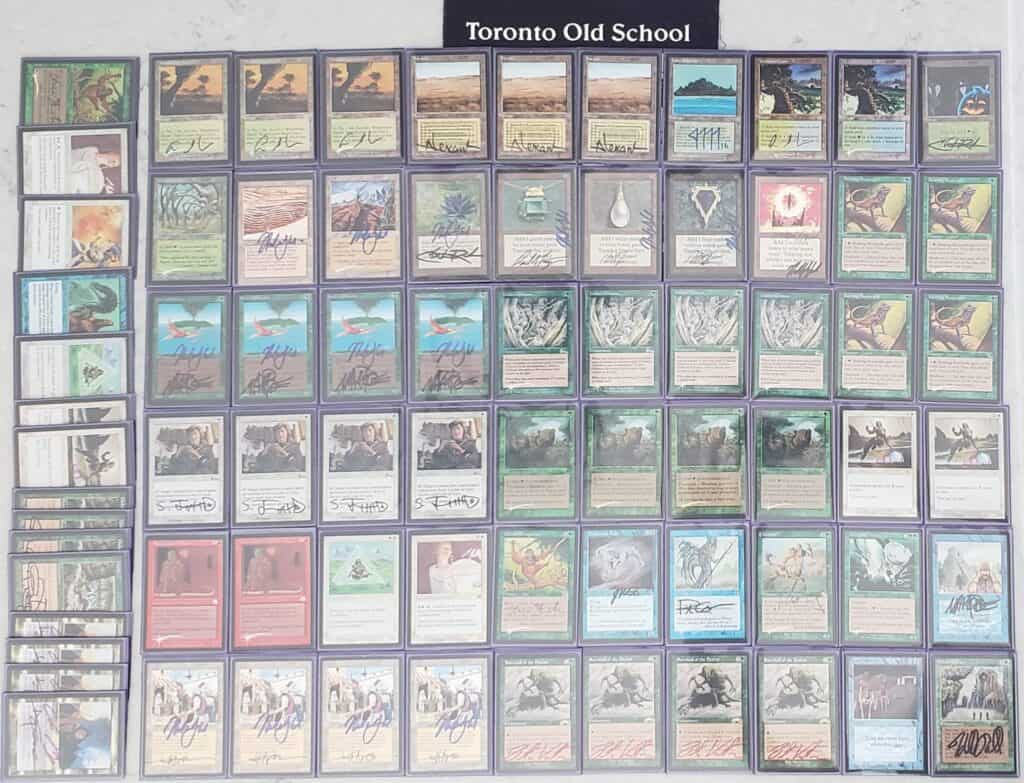
Raymond Mitchell’s beautiful collection shines (pun intended) in his decks
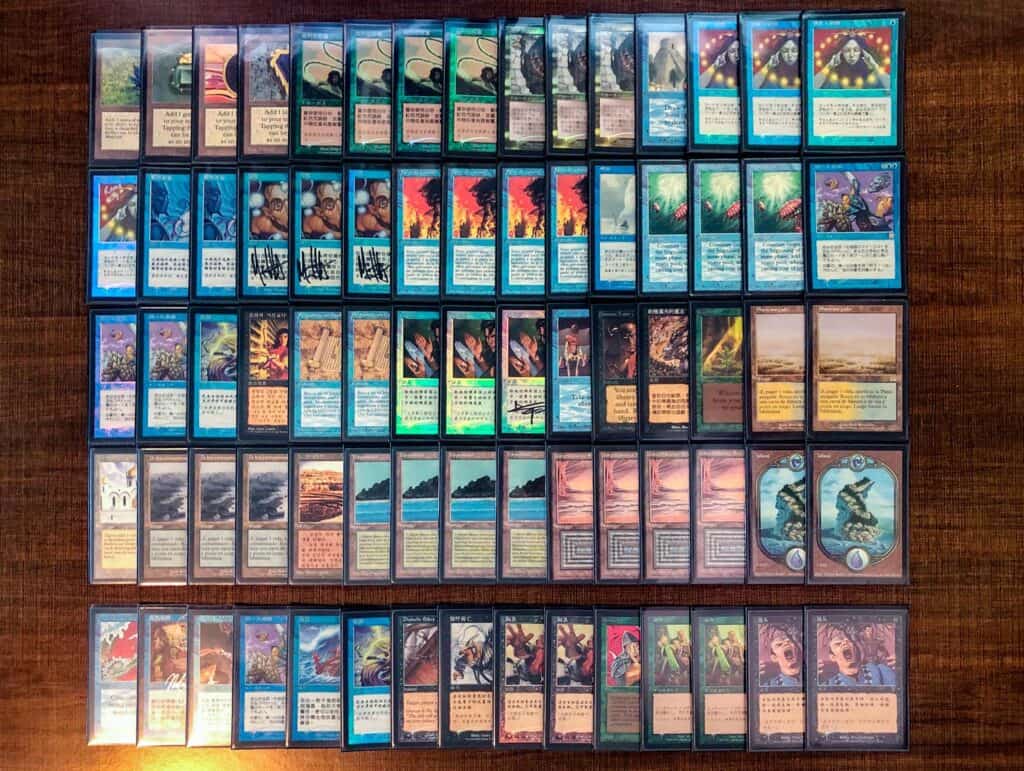
Vedast’s decks are also very shiny.
Speaking of shiny cards, some people (coff coff Karl coff coff) go out of their way to make their deck as shiny as possible!
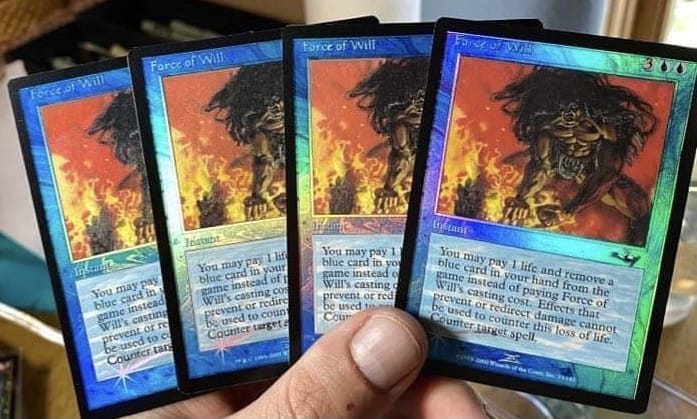
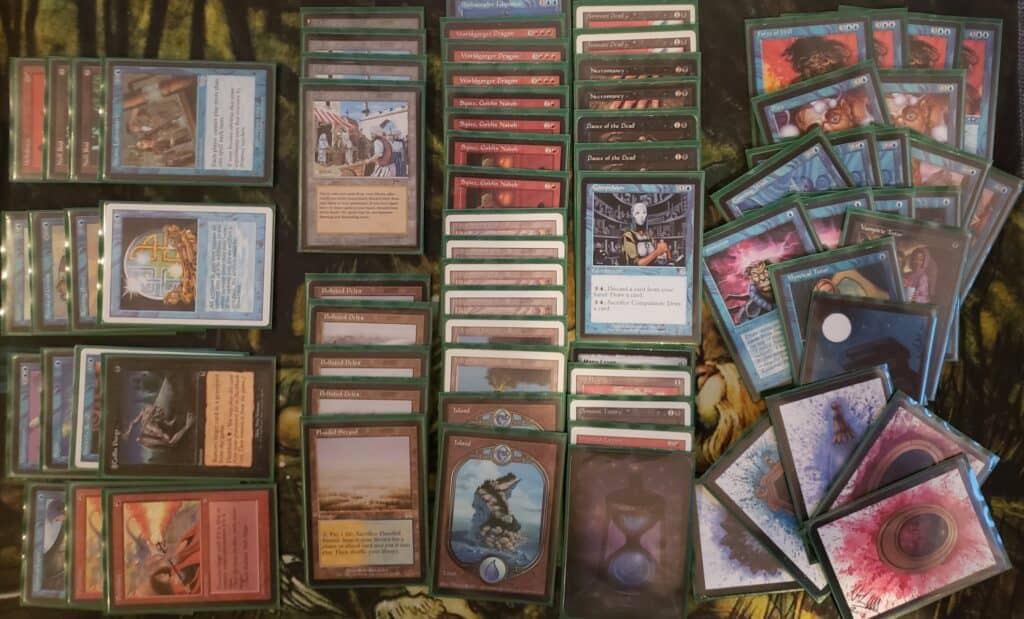
In all fairness, not all beauty comes from shiny cards in oriental languages. For instance, Alex Caviris’ choice of power 9 cards shows its own kind of beauty.
And yes, we don’t care which cards you choose to play; in the end, we just want to jam!
What now?
Starting from the september 2021 league, four more expansions will become legal in the format (ie, Starter 1999 and the three Portal sets). The addition of sweet tutors and other nice cards will not only reinforce some of the existing decks, but also open new possibilities. From the top of my mind, I’m sure that Grim long will become a viable strategy now and I suspect more people will try to assemble different types of A+B combos with more success. We will see more decks such as Trix, Vault-Key based decks, etc. With more people trying to assemble two card combos while paying precious life to get there, aggro decks and Null Rod based strategies should become more viable strategies and successful strategies.
I don’t want to dwell much on what may happen since I can’t predict the future, but I am 100% certain of the fact that I am excited to play good old frame magic!
